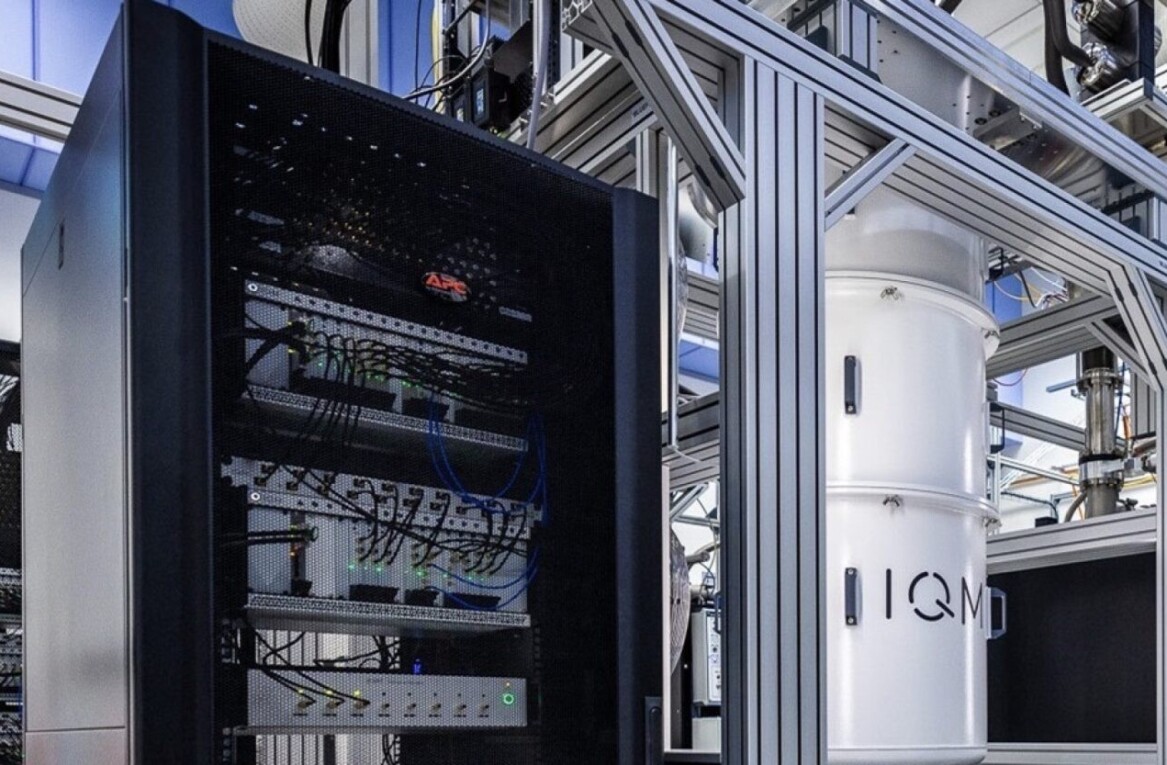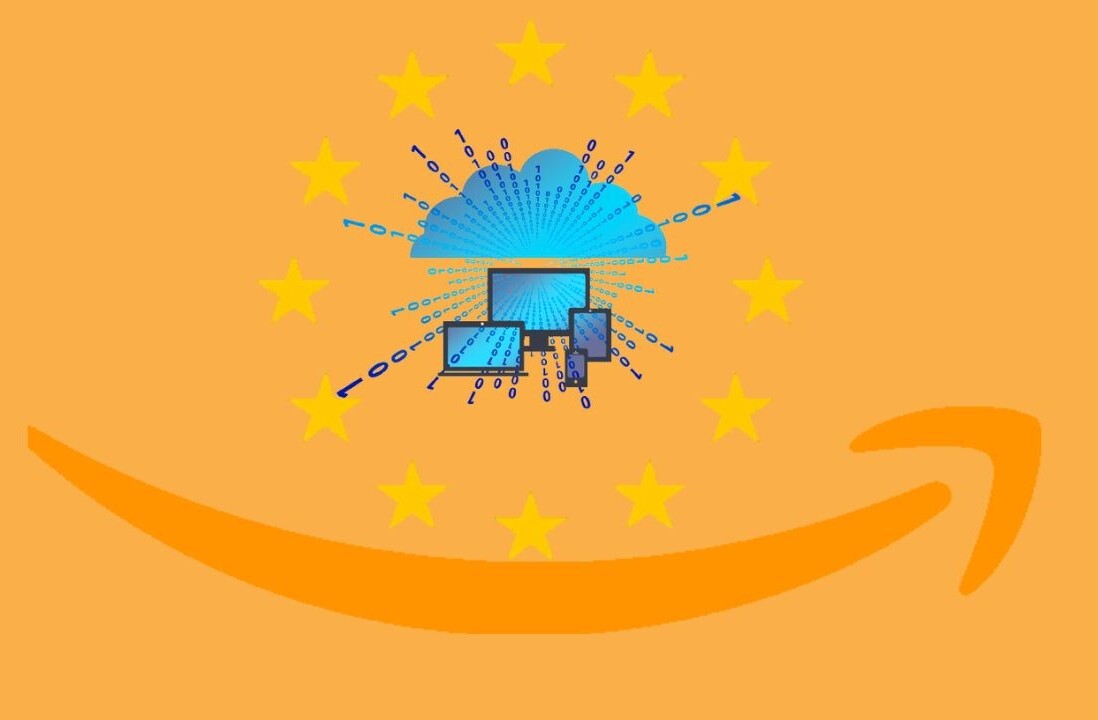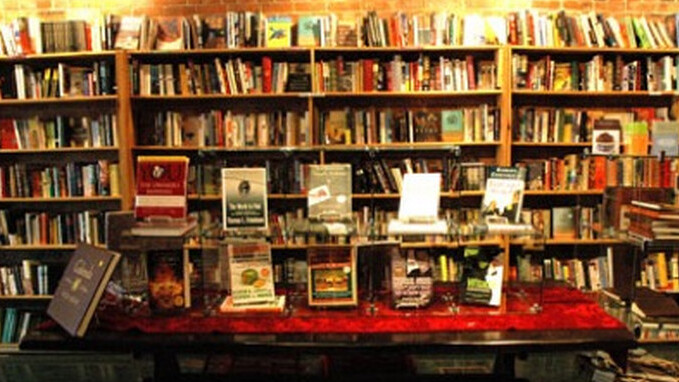
The Internet has made the marginal cost of data transmission zero for all intents and purposes. This change didn’t come overnight, of course, but in pieces over the past two decades.
There were two major limiting factors that held back the potential of the Internet for longer than was anticipated during the great bubble days of the 90s: the price of flexible, reliable hosting, and limited penetration of ample consumer bandwidth. The cost of data transmission is both a corporate and a consumer question.
If companies could send unlimited data for free, but consumers could only accept it at a rate of 28 baud, data transmission would, in fact, be quite expensive and slow, with the consumer acting as the restrictive party. However, over the past five years, both data hosting and transmission technologies have markedly improved. When viewed in conjunction with a rise in consumer broadband penetration, both sides of the equation have finally met in the middle. The marginal cost for companies to send and for consumers to accept any specific additional packet of data has finally reached a cost of nearly zero.
This incredibly low cost of data transfer has caused all sorts of pandemonium, chaos that has largely in the favor of the consumer. In the past, companies often benefited from expensive data transfer, as it naturally restricted consumer access to data sources, and therefore prevented users from blazing their own trails. Effective monopolies were kept in place at strong margins. As both sides of the marginally free data transfer equation came into being for average users on the Internet, power shifted to the consumer to select, curate, pirate, and sample data at their own will and pace.
The effects have been transformative. We have seen the decline and fall of Big Music as an institution, demoted from its throne to its current status as merely one way to reach the masses with new music. Cheap digital distribution broke the back of CD sales. As a result, new bands have begun to eschew record labels and odious contract terms in favor of going off on their own, selling their music through every online distribution channel and expanding their revenues in the bargain.
With the fall in bandwidth costs, we’ve also seen a commensurate fall among traditional print media sources. Cheaper data transmission rates mean that a profusion of online voices can take their place in public discourse. With the rise of the 24-hour news cycle, print media has also seen its role as a news source become greatly diminished in the face of an army of bloggers reporting on the news as it happens
The next act in this massive deconstruction of legacy industry due to free data transmission is already being written, and this time it is the world of books that is in turmoil.
Book publishing has been fundamentally broken for as long as anyone can recall. To summarize for the uninitiated, this is the route that a normal new author would take if they wanted to publish a new work of fiction today:
The author would write a book. This can take several years. Then they would hunt for an agent. This could take a year, if it happened it all. Then the agent would have to shop the book. This again could take several years, if it worked at all. Finally, if a deal was struck, a new author could expect an advance of $5,000, which they would be unlikely to earn out, for their novel. Years and years of work, $5,000 reward.
Non-fiction has always been a different beast, but the process has a similar process.
In the same way as the rise of bands using self-published music selling services such as TuneCore on iTunes, and new blogs turning into major publications in the face of storied news groups, so too is the transition to marginal free data transport attacking old foundations in the book world.
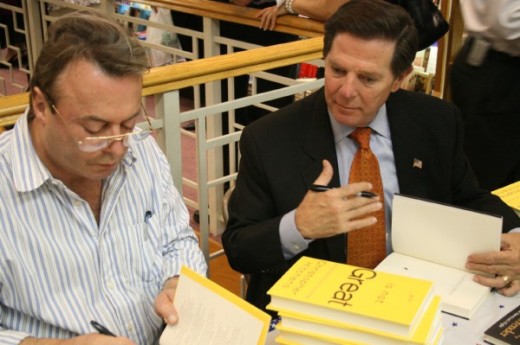
Indie publishing, the act of an individual person publishing a book, is not a new concept. In fact, for the last several decades such activities have been panned as ‘self-publishing,’ and dealt with an attached stigma that labeled any self-published author as second-tier, and not quite good enough to find a ‘real publisher.’
This is changing. As we saw before, the methods that were used to source and develop talent in the world of big publishing were ineffective, and inefficient, requiring up to a half decade of work for a slim chance at a possible major reward. This has left many good authors on the outside looking in, and due to the commercial demands of keeping such massive corporate edifices in the black, allowed many poor authors into the fold due to their commercial potential.
But for those left out, either because their work was too niche to warrant a large print run or a contract from a NY publisher, or because the author simply didn’t have the luck of the draw, there was nothing but a poor option. Self-publishing, their refuge, was stuck in the world of analog data transfer: print. Thus the self-published author had to work in the world of physical books, an expensive operation at scale, and one that is suffocating in small batches. This left self-publishing with a sharp, negative social impact, and a poor bottom line.
For years, therefore, self-publishing was unattractive. This is no longer the case as the Kindle has changed everything.
Of course there are now a selection of quality e-readers the market: the Nook, the Kindle, and iBooks to start. In fact, the Nook platform has now managed to secure 25% of the digital market. But what they all share is the ability for an individual author to publish their work cheaply, quickly, and with a high profit margin.
If you reflect for a moment, each of those qualities was lacking from the old days of print-based self-publishing. As a result, authors are flocking to these services in droves, excited that the marketplace that was kept from them for so long is now open.
Books that have been stuck on hard drives for years, as their respective authors hunted down publishing deals, are now being set loose onto the market in droves. For the author, and for the adventurous reader, times are quite good indeed.
But what about the authors that have already ‘made it?’ Surely those authors who have broken into the rarefied circle of NY publishing are happy to stay put? Interestingly, this is increasingly not the case. Why? Money.
Remember that the bane of the self-publishing author, and big the advantage of the publishing house, is print. Small runs for self-publishers were so expensive that profit even on complete sell-through was always doomed to be small. Meanwhile the big publishing houses could take advantage of economies of scale to cheaply print off thousands of profitable copies.
But as sales have switched from print copies to electronic ones, as demonstrated by rapidly expanding e-book sales according to industry sources, print is rapidly losing its sheen. And as it loses its glow, so do the big publishing houses. After all, print was their area of expertise, their raison d’etre, their advantage over the individual.
To prove that this is the case, we must show a popular, traditionally-published author turning down a new print deal for a massive dollar amount. Do you think that there is such a case? Indeed, here is an example. You can read the full story of Barry Eisler saying no to a $500,000, two book deal here if you are so inclined, but let’s merely take the point and move on.
Authors, big and small, print experience or not, previously self-published or not, are now moving to independently publishing their work on electronic platforms, without the need of a publisher.
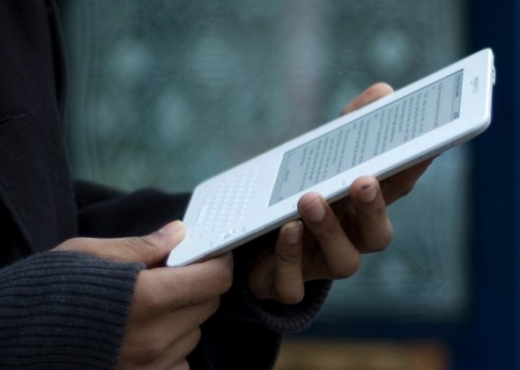
We’ll ask the quality question in a minute, but let’s go back to the cash question first. What percent of the sale of an ebook does an author receive under current publishing contracts? Around 17%. If that author self-published, the author could earn 70% of the sale, and set their own price. That is the crux of the difference between the two models. In the words of J.A. Konrath:
No, they’re not. Editing and good covers are essential, and these can be procured for set costs. They aren’t worth the 52.5% a publisher takes, forever.
Surely it must be argued that if digital platforms have been opened to everyone, the crap will start to flow, right? Think back to our discussion of what books were allowed to go to print, and that many were let in not for quality, but for their commercial potential. This meant that poor-quality works were often published, in the place of what could have been more quality works on the grounds that these books had a higher potential profit. Even more, as the sales of print books have suffered due to the shuttering of bookstores and the rising consumer preference for digital books, budgets for new books at major publishing houses have slipped, lowering the quality of the art and editorial inputs that are offered to upcoming works.
But all we have shown thus far is that the old world of print was not completely effective at keeping out poor texts. The real question is how will indie published books avoid descending into the muck, with everyone publishing half-baked, poorly edited schlock? In short, many weak books will be published, but a different gatekeeper will seperate the wheat from the chaff: the reader. Instead of appealing to a publisher for a print deal, in hopes of reaching a reader, the modern author can write whatever they see fit, publish it when they wish, and then the potential end reader will vet the work and only purchase what they deem worthy. Readers have always done this, of course, at the bookstore looking down aisles of books, but in the digital world shelf space is infinite, so the work might be slightly more taxing.
Couldn’t the major publishers offer better terms to their current authors and keep them from going out on their own for future books? Not with their current overhead structure. A single author can hire an editor, hire an artist, hire a formatting genius, and prepare their book for publishing for only a few thousand dollars. Then from that moment on all revenue and profit is theirs. What NY publisher could ever offer such terms?
In fact, in light of indie publishing phenom Amanda Hocking taking a $1 million dollar deal for her next few books, many indie publishing firebrands have boldly proclaimed that “Amanda Hocking is Probably Making a Mistake.” Three years ago no one would have ever scoffed at a seven figure deal.
Some defenders of conventional model publishing assert that publishing houses provide other services, such as marketing. Surely that will keep some authors in the fold? Some, yes, but not all. Again, as total revenues from print books have declined, so have advertising and promotional budgets. This is even more painfully true for new authors. Often there is no budget at all, only some advice for the new writer to use social media to push their book and to ‘work it.’
A short aside before we conclude: it is no longer as difficult for an author striking out on their own to sell print copies of their books. There are a variety of print-on-demand services that are quite capable. However, most indies are seeing much more success with digital books, as they can be priced very competitively. Still, the indie author has all options open to them.
This is the bottom line: the economics of publishing were always weak, but there was no way around the necessity of print, and that meant that publishers ran the show. With digital books now a one billion dollar market (2011 forecast based on current monthly sales rates), there is enough space for anyone with enough pluck to go out on their own and take a chance at self-publishing. The best will bring their fans from print to digital, leaving their old legacy publishers, and their low royalties behind, and the young, new authors can reach readers without the need to ask for perrmission.
It is a brave new world, one that the Internet in all its glory has brought to us.
Get the TNW newsletter
Get the most important tech news in your inbox each week.


